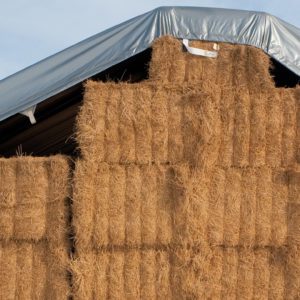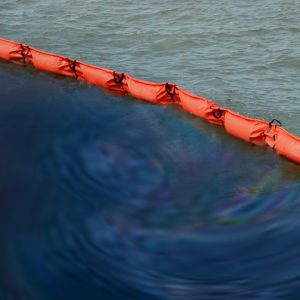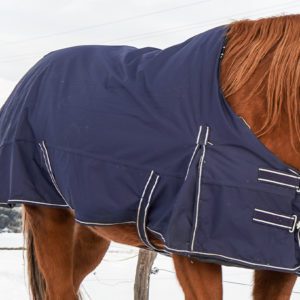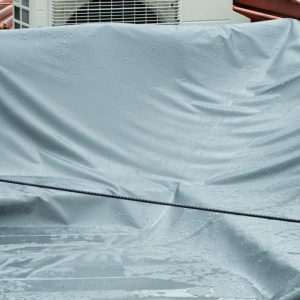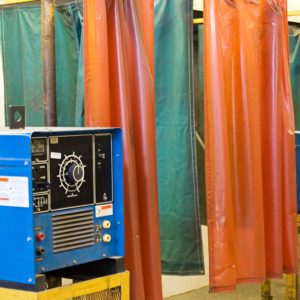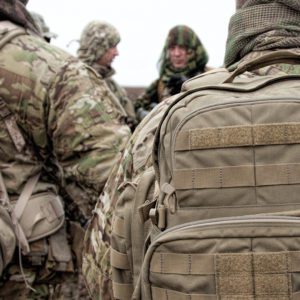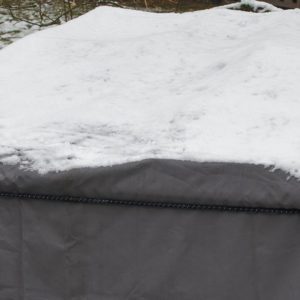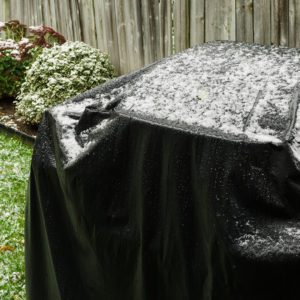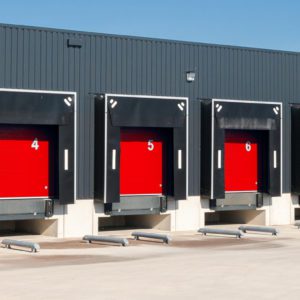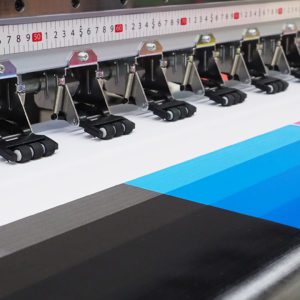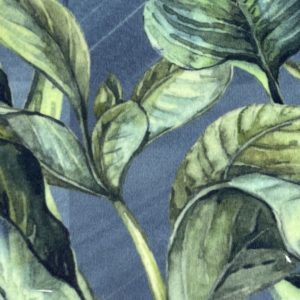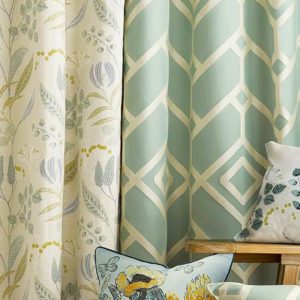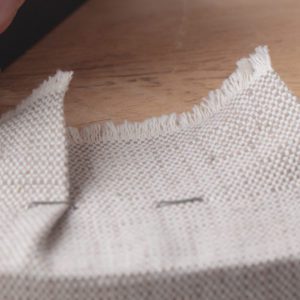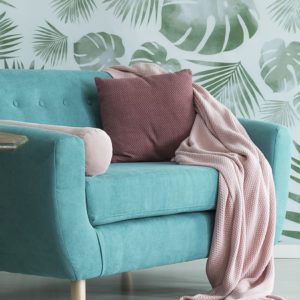Overview
The TVF Print Media division supplies large format, printable fabric, and vinyl to many customers including commercial printing companies, sign and graphic companies, and print service providers.
Print Media refers to fabric and vinyl supplied to printers for soft signage and other applications in a wide variety of industries. Applications range from flags and banners for trade shows, wide format printed fabric for large events, building wraps, and more. Typically, the “media” is divided into two categories: fabric and vinyl. Widths can be as narrow as 38 inches and as wide as 5 meters!
Key Print Media Terms
- Commercial/Offset printing – The production of printed materials on a large scale for commercial purposes. This is traditionally smaller format sizes (ex. paper/film), however, they have diversified and have larger printer equipment today.
- Sign and graphic – Refers to the industry focused on designing and producing visual communication materials, including signs, banners, displays, and graphics. This could be trade show displays, signage for retail environments, events, etc.
- Large format / Grand format printing – involves the printing of oversized graphics or designs on a larger scale. It typically utilizes specialized printers capable of printing on wide-format substrates, such as fabrics, vinyl, or rigid materials.
- PSP (Print Service Providers) – Companies that offer a range of printing services to customers, including design, production, and distribution of printed materials.
- Fabric printing – Fabric printing involves the process of printing designs, patterns, or images directly onto fabric using dye-sublimation printing or printing techniques.
- Vinyl printing – Vinyl is a durable and versatile substrate commonly used for signs, banners, decals, and vehicle graphics. Vinyl printing allows for vibrant colors, sharp details, and weather-resistant prints.
- Wholesale printing – It caters to businesses, retailers, or resellers who require large quantities of printed products or do not have the capabilities or specific equipment needed. Focuses on printing within the print industry.
Types of Print Media Fabrics
- Frontlit/Display: Frontlit fabric or vinyl is a lightweight and versatile material commonly used for front-lit signage and displays. It is designed to be opaque, but does not have a blockout layer. It is suitable for indoor and outdoor applications where the design or message needs to be illuminated from the front.
- Backlit: Backlit fabric or vinyl is specially engineered to diffuse light evenly when illuminated from behind, creating vibrant and eye-catching graphics. It is often used in lightbox displays, trade show booths, and retail signage where the graphics need to be illuminated and stand out.
- Blockout: Blockout fabric or vinyl is a dense and opaque material that prevents light from passing through. It is ideal for applications where total opacity is required, such as double-sided banners or displays where light interference from the back is unwanted.
- Mesh: Mesh fabric or vinyl is lightweight with an open construction that allows air and light to pass through. It is commonly used for large-format outdoor banners, building wraps, and fence graphics. The open construction in the mesh fabric helps reduce wind load and maintain visibility while providing a printed graphic.
- Stretch Fabric: Stretch fabric is a flexible and elastic material that is designed to be stretched over frames or structures, creating seamless and taut graphic displays. It is often used for tension fabric structures, trade show exhibits, and backdrops, providing a sleek and professional appearance.
- Flag Fabric: Flag fabric is lightweight, durable, and semi-transparent fabrics, typically made from polyester, that are specifically designed for the production of flags, banners, and textile-based signage. These fabrics offer excellent color retention, weather resistance, and durability, making them ideal for outdoor applications. Flag fabric allows for vibrant and visually appealing graphics when printed upon using techniques like dye sublimation, screen printing, or digital printing.
Common Types of Fabric Printing
- Dye Sublimation Fabric Printing: Ideal for producing vibrant, high-resolution prints on polyester fabrics, such as soft signage, flags, and custom textiles.
- Screen Printing: Screen printing is a popular choice for vinyl banners and signage. It’s popular for front lit, blockout, and other applications. It is used for high-volume printing.
- Digital Printing: Digital printing offers quick turnaround times, cost-effectiveness for low quantities, and the ability to print variable data. It is preferred when customization, on-demand printing, and fast production are key considerations.
- UV Printing: UV printing is a digital printing method used for a wide range of applications such as signage, banners, retail displays, rigid substrates, and pointof-purchase materials. It has excellent color saturation, sharpness, and durability. It also dries immediately.
- Latex Printing: Known for its eco-friendliness and versatility, this is a digital printing method commonly used for indoor and outdoor signage, banners, wall graphics, vehicle wraps, and custom textiles. It offers vibrant colors, scratch resistance, and durability. It does not omit any *VOCs.
- Solvent/Eco-Solvent: Solvent printing is a digital printing method that utilizes solvent-based inks for durable and weather-resistant prints, while eco-solvent printing offers a more environmentally friendly alternative with reduced *VOC content. Both methods provide vibrant colors, longevity, and compatibility with various substrates like vinyl.
